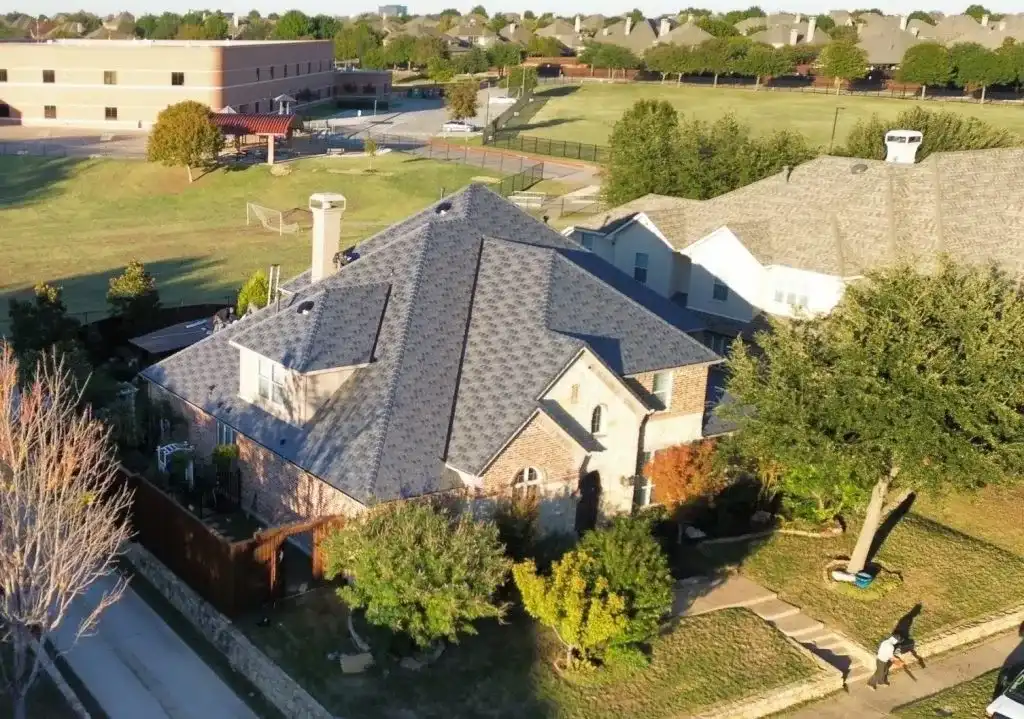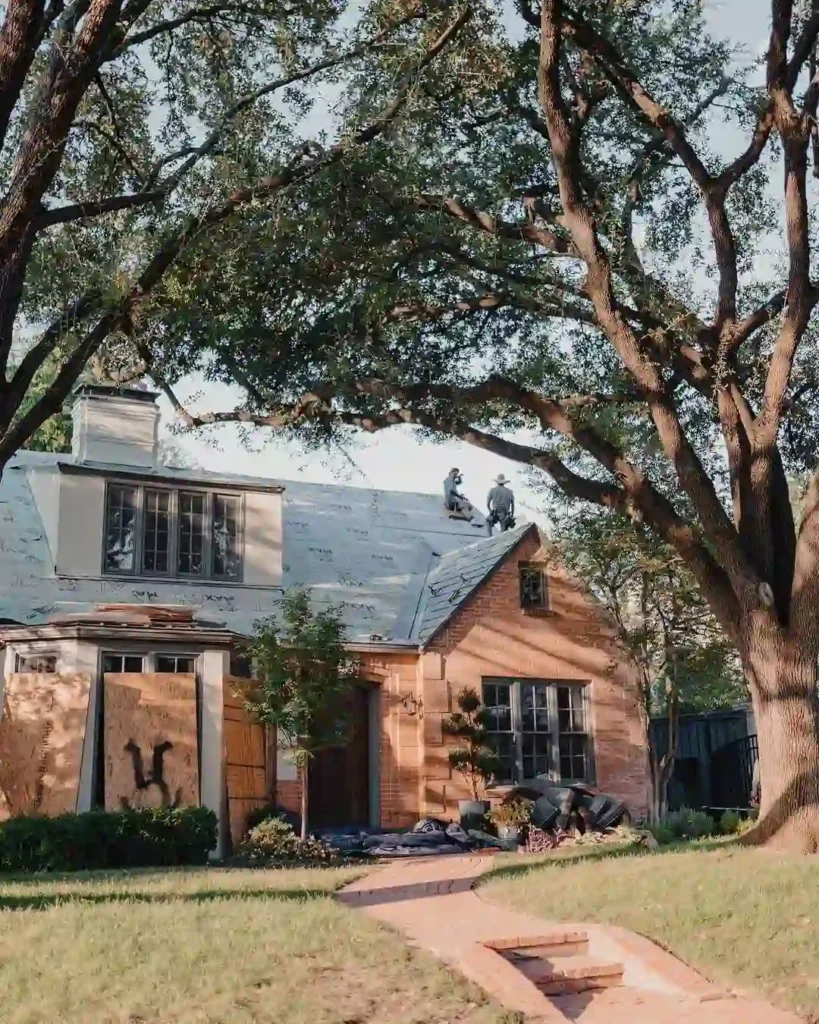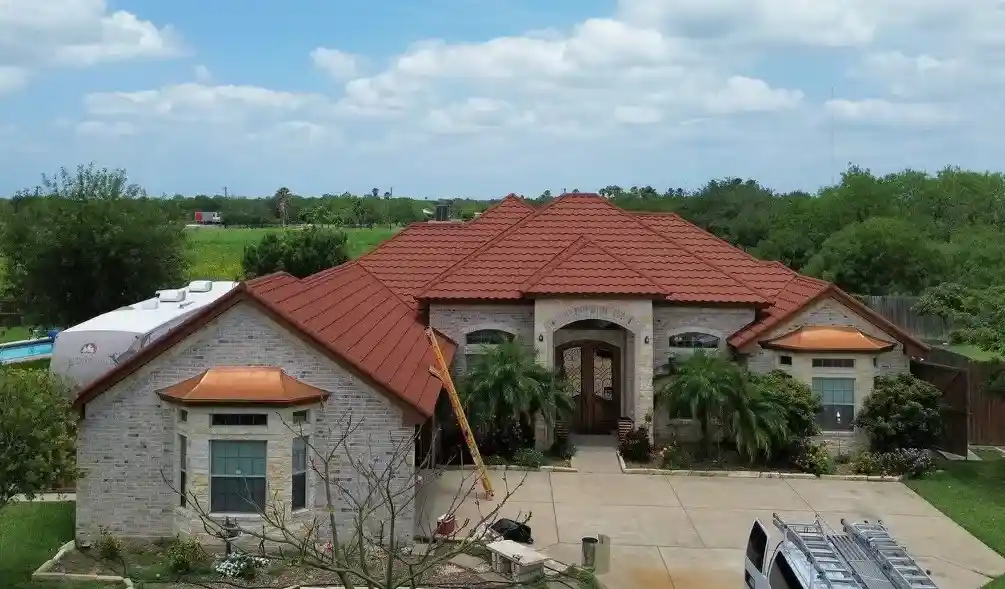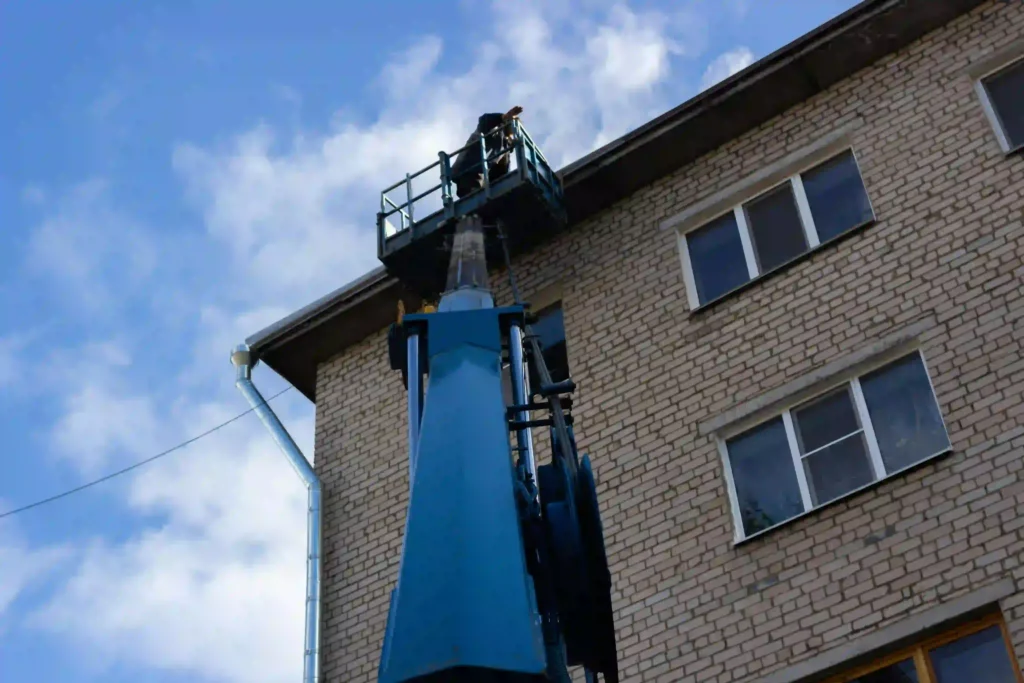Residential
ROOFING
Why Should You Choose
Priority Roofing?
We Don’t Just Build Roofs,
We Build Relationships
Residential Roof Inspections
Residential Roof Inspections
In Texas, severe weather can take a toll on your roof. Priority Roofing offers thorough residential inspections to spot storm or wear damage early, providing detailed reports and expert repair recommendations to keep your home safe. Our experienced team ensures your roof stays durable season after season, protecting your home and investment.


Residential Roof repairs


Residential Roof repairs
Experiencing roof leaks, missing shingles, or constantly overflowing gutters? These can all be signs your roof needs professional repair. Priority Roofing offers expert residential roof repair services to address all types of roofing issues. Our trained specialists will inspect your roof and recommend the best repair solution to keep your home protected from the elements.
Residential Roof replacement
Residential Roof replacement
Still dealing with roof leaks after repairs or higher energy bills? It might be time for a replacement. Priority Roofing makes residential roof replacement easy and hassle-free. With years of local expertise, we offer efficient service and a range of quality materials to find the perfect match for your home. Trust our team to deliver lasting durability and energy savings.


Benefits of A New Roof
Reduce utility
expenses
Increase in
home value
10-Year labor warranty /
no leak guarantee
Lower your
insurance premium
OUR PROMISES TO YOU
We are committed to delivering exceptional quality and service. Our promise is to prioritize your needs, providing innovative solutions and personalized support every step of the way.
We will not ask for a dime right until the work is done and the project is completed. Your full satisfaction is important to us.
If we tell you we will do something, we will do it. We have a reputation of trust and honor with our client’s and we want that to continue.
In construction, at times, mistakes do happen, but we promise that if and when mistakes do happen, we will fix them and make it right.
Taking care of our families hinges upon our taking care of yours. Putting a great roof over your head enables us to keep a great roof over ours.
How often should I have my roof inspected?
Priority Roofing recommends checking your roof at least twice a year, particularly after storms or if you spot any damage.
How do I know my roof is damaged?
Words are words. You may hear everything and anything from a roofing company. That’s why we show you photo documentation of any damage on your property and make sure you’re aware of the current parameters set by insurance companies to qualify for a totaled roof.
Who should I choose?
It’s hard to know who to trust. We encourage homeowners to ask questions. Your roofer should know the ins and outs of the roof and the insurance process. Check reviews. The best way to vet a company is to see what other people’s experiences are. Look for credentials. Choose a company that has the top certifications from the manufacturers products you’ll be installing.
